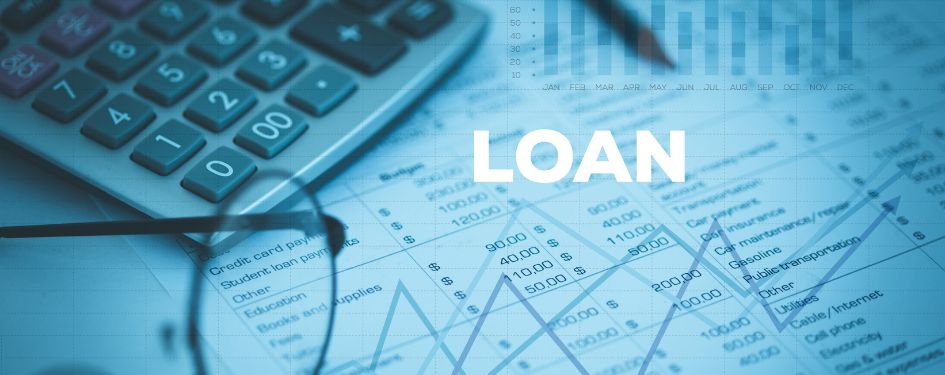The latest data as of 2023 indicates that a collective of $232 billion is owed by Americans via personal loans.
Whether it's the likelihood of getting approved or the average interest rate, it's always important to understand the statistics surrounding personal loans.
By knowing this data, potential borrowers like you are better mentally equipped with the ability to know where you stand before applying for a personal loan. Numbers are everything in finance.
So let's take a look at what the data says about personal loans.
KEY TAKEAWAYS:
- The average principle of personal loan debt has increased in recent years.
- Personal loans do not make up a significant portion of overall consumer debt.
- The majority of personal loans are used for consolidating debt.
- Statistical data interpreted with personal practicality in mind may serve to enhance your financial decision-making.
Common Reasons Why People Take Out Personal Loans
As you research the different personal loan options available, understanding that a common reason why people take out personal loans is for debt consolidation should be considered.
Debt consolidation can help you get a handle on your finances by combining all of your debt into one manageable monthly payment. With 35.2% of users stating that consolidating debt is the primary purpose for their loan, it’s clear that many people are finding success in this method.
On the lower end of the spectrum, we have vacations (0.9%), business reasons (0.7%), wedding expenses (0.5%), and home buying (0.2%) as some of the less common reasons for taking out a personal loan.
Other loan types may be more favored for these particular purposes, such as a mortgage loan for buying a home or a business loan for starting a business.
However, for personal finances, debt consolidation and credit card refinance (15.9%) remain the top reasons for taking out a personal loan.
Everything from medical expenses, home improvements, and unexpected emergencies can also be reasons why people take out personal loans and make up the rest of the percentiles.
Personal Loans Are Not The Primary Contributor To Consumer Debt
With only 1.4% of consumer debt being made up of personal loans, it's clear that they are not the primary contributor to consumer debt.
Credit card debt makes up 6% while mortgages are the main source of consumer debt at a whopping 72.5%. This information implies that mortgage loans are the most significant financial decision individuals make.
Although personal loans do not make up the majority of consumer debt, they still play a crucial role in helping individuals manage their finances and achieve financial stability.
If you are someone who fears adding up consumer debt via a personal loan, then you should explore the many options available. Credit9 is dedicated to lending money with the best rates and short repayment contracts with good faith to qualified borrowers.
The main goal for most people is to get out of debt, not accumulate more. This is why taking a close look at all the options available to you and doing thorough research before making any decisions is vital.
The Average Balance On Personal Loans Are Increasing
As of the second quarter of 2022, the average personal loan debt per borrower stood at $8,018. This can be compared to $7,104 in the fourth quarter of 2021.
This significant increase in personal loan balances may indicate that more individuals are taking out larger loans for various reasons.
It could also suggest that people are becoming more comfortable with using personal loans as a financial tool and are borrowing more money than they have in previous years.
Additionally, macroeconomic factors such as inflation, increase in cost of living, and stagnant wages could also be contributing to the rising amount of personal loan debt per borrower.
This highlights the importance of carefully considering your financial situation before taking out a personal loan, as it may result in an increased debt burden if not managed properly.
However, personal loans continue to be a popular choice for individuals looking to improve their financial situation and do not necessarily indicate a negative trend.
How To Interpret The Data
Now that we have the statistics, how do we interpret them? Perceptions can be misleading, so it's important to understand what the data is telling us.
By mapping out where these numbers lie compared to past data, and where the trends are headed, you can get a better understanding of personal loans as a financial tool.
Are we seeing more personal loans being taken out year after year? Is the average amount of debt per borrower increasing or decreasing? These are important considerations to take into account when looking at personal loan statistics.
With more and more loans being issued, the average amount of personal loan debt per borrower has increased as well.
A key metric to understand is how the average APR affects your overall credit score. By aiming for a lower average APR around the rate of 18.35%, you may end up with a higher credit score, which makes taking out new loans in the future more feasible.
However, this segment of the population also typically takes out larger principles at around $19,352. So, how can we make the most out of this data to enhance our financial standing?
Consider This Personal Loan Scenario
If we were to lock in a fixed rate between 15% and 20% and decide that less principal was needed, we could effectively pay off the total loan sooner and position ourselves for a healthy financial future.
Pairing these statistics with a debt calculator can help you figure out how much you can afford to pay towards your personal loan and how long it will take to pay off. This way, you can effectively plan exactly how/when you will pay off your loan.
This is just one example of how we can evaluate these statistics with a personal lens. When we can break down these numbers as a whole group (America) whilst also looking at what we can do individually, then we are better equipped to make financial decisions.
If you are struggling to make ends meet due to high-interest rates or unfavorable loan terms, refinancing your personal loan can be a viable solution.
How Credit9 Can Help You
At Credit9, we offer loan options that could provide you with the financial solution that works best for you.
Since 2018, Credit9 has provided over $460 Million in loans to over 36,000 of our customers, and we’re confident we can help you too.
For more information about Credit9’s unique debt consolidation services, contact us today to see how we can help you consolidate your debts and receive a free, no-obligation, and fully-customized Credit9 loan solution!



